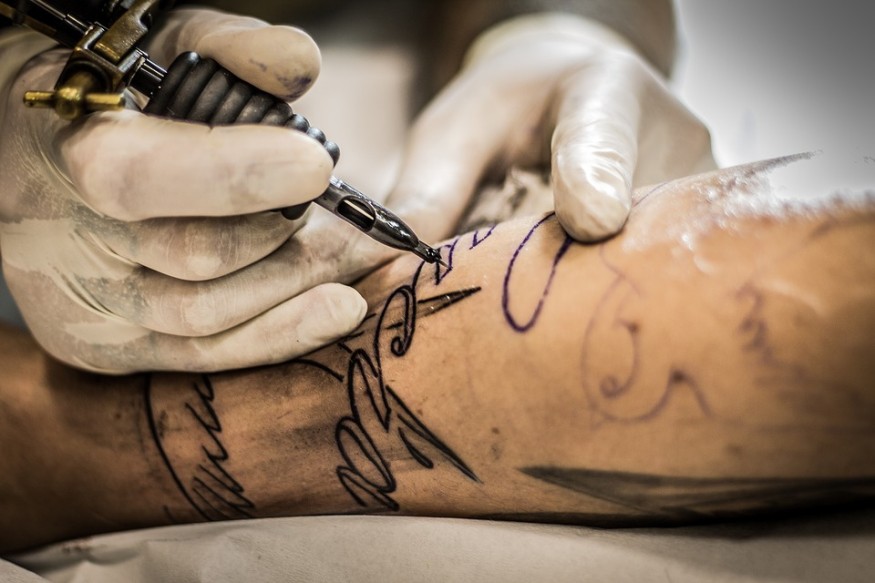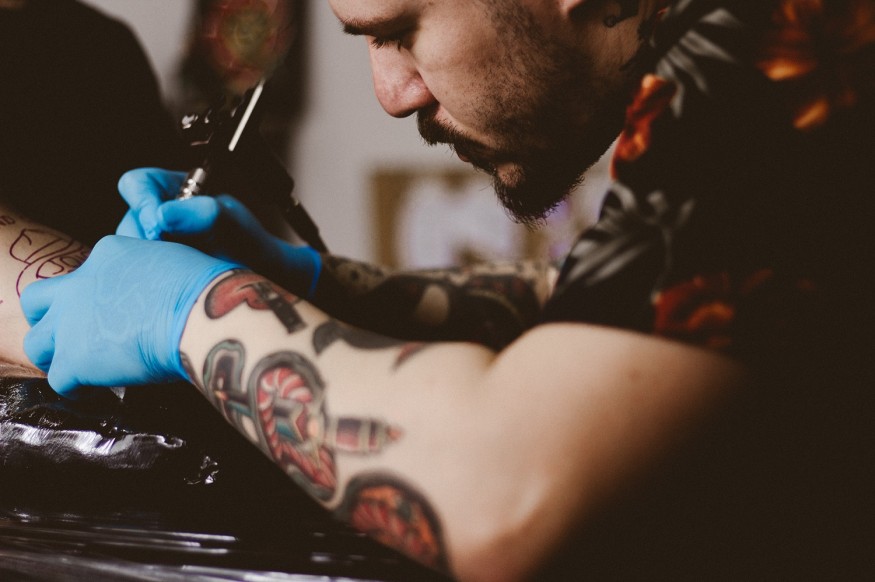

Tattooing has been practiced all over the world since the Neolithic times, which is proven by the mummified preserved skin shown in the archaeological record and ancient art. Tattoos were also a symbol of position and power, as leaders of tribes in Asian and African countries were covered in tattoos. These days, tattoos are considered as an art form and a way to express your individuality.
As of 2019, about four in 10 millennials ages 18 to 29 have a tattoo, and half of those have two to five different designs on their bodies. The majority of those are hidden under their clothes, according to a report in 2010 by Pew Research Center. The previous generations also had the same amount of tattoos; around 40% of Gen X adults, between 40 and 54 years old, have a tattoo.
Safety and regulations
More and more millenials are getting tattoos; however, the regulation of the tattoo industry has not changed. The federal government does not regulate tattoo ink, and there are oversights of tattoo artists and parlors on each state.
A lot of cities have ordinances that restrict tattoos on minors, but not a lot of them have standards presented to those who want to become a certified cosmetic artist. Furthermore, there is no proper procedure to open a licensed tattoo shop. Inspectors on tattoo shops are scarce, and a lot of shops are not monitored; thus, there is no assurance that the equipment used is clean. This is a very risky practice since tattoo shops use needles, and there is no way of knowing if they are going to use a clean, fresh needle on a customer.
Even in the best of circumstances, there are still dangers in the inking process and the self-care of the wounds. Dr. Crystal Aguh, an assistant professor of dermatology at Johns Hopkins University School of Medicine, said that she sees people come into their clinic with really bad tattoo reactions. When you get inked, you are introducing a foreign body through the skin, and there are a lot of risks. There are times that your body can react in a lot of ways that you may have never thought about.
Allergic reactions
Tattoos can trigger allergic reactions because of the ink that is used. The reaction can be to any color, but the most typical ones are red and yellow.
The American Academy of Dermatology reported that the allergic response could happen immediately, or it can happen weeks after you got the tattoo. Surprisingly, there are allergic reactions that will show up years after you got the tattoo. The academy says that joint-replacement surgery or the beginning of antiviral treatment for HIV can activate the reaction.
Dr. Crystal Aguh added that yellow ink is linked with sun sensitivity, and it can be irritating because you have to cover up your tattoo to protect it. But the photosensitivity usually fades after a few years.
The most common, however, is the reaction to red ink. For a lot of people, the reaction is mild. There is a bit of redness, an itch, or swelling that can be treated with a steroid cream. While for others, red ink can spark a very serious allergic reaction, turning the tattoo experience into a complete nightmare.
Blisters, pimple-like bumps, and scaly patches that flake off can appear once you suffer an allergic reaction. There could also be watery discharge from the area where the ink is. If you see those signs on your body, and you experience dizziness, a racing heart, serious pain, stomachache, hives, or flushing, and if you have trouble breathing, it is best to seek medical care immediately.
The question is, how do you know if you have an allergic reaction to tattoo ink and how serious will it be if it happens? Dermatologists suggest that you get a tiny test tattoo in a spot that is not visible. Dr. Aguh said that it is the only way for you to know if you are allergic to tattoo ink or not because there is no way of knowing unless it is injected into your skin.
Skin diseases
If you have the gene for psoriasis, dermatologists warn that getting a tattoo might activate the skin disease for the first time, or it can cause a flare if you already have psoriasis.
Other skin diseases that may appear after you get a tattoo are vitiligo, eczema, lichen planus, and even skin cancer. If you are prone to scarring or had a keloid, which is a scar that grew bigger than the actual wound, you should not get a tattoo, according to American Academy of Dermatology.
Tattoo Aftercare
It is best to research about caring for your new tattoo before you get yourself inked. There are only a few states that have regulations requiring tattoo salons to give aftercare instructions.
Here are some key tips from dermatologists and tattoo artists:
Apply a thin layer of petroleum jelly and a bandage or plastic wrap on your new tattoo before you leave the salon. This should be done by your artist to prevent any bacteria, dust, and dirt from making its way into the wound. Keep the bandage on for 6 to 24 hours. Ask your artist for recommendations then remove the bandage carefully.
Clean your hands first before gently washing your tattoo with antimicrobial soap and water; pat it dry with a clean, soft cloth. Apply a thin layer of antibiotic ointment and leave the tattoo open to breathe. Over the next few weeks, you will want to wash the tattoo twice a day and do not forget to apply moisturizer.
For the first few days after getting a tattoo, your skin may feel warm, may also appear reddish and even ooze ink and plasma. That is a normal process. If you see any skin reaction after the first few days, visit a dermatologist. The infected skin could be warmer, redder, and more painful—it could even leak pus.
Remember not to go swimming or otherwise immerse yourself in any body of water for at least two weeks. Quick showers are okay. Do not pick at the scab or try to rub flakes off. Let them come off naturally to keep the tattoo ink in the skin and also to avoid scarring. The tattoo is likely to itch as it heals but do not scratch it; apply a moisturizer to help relieve the sensation.
Also, remember to wear protective and loose clothing to keep your tattoo out of the sun, but do not apply sunblock until after it looks healed, which is around three weeks.
According to dermatologists, a new tattoo may appear cloudy and dull as it heals, but the colors should start showing within four months—in that time, all layers of the tattooed skin have healed.
© 2025 ScienceTimes.com All rights reserved. Do not reproduce without permission. The window to the world of Science Times.











